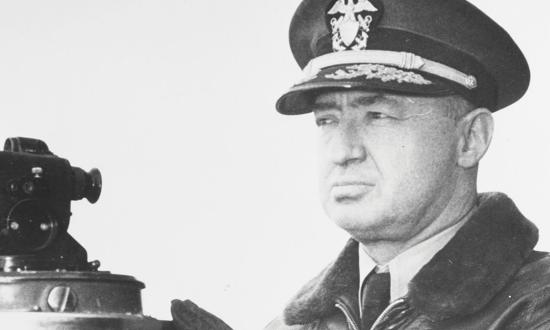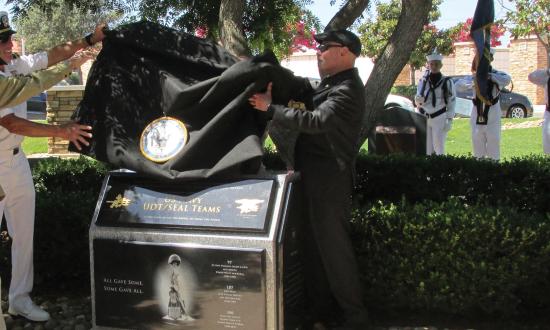U.S. Coast Guard and National Oceanic and Atmospheric Administration (NOAA) officials announced in October that the underwater wreck of the historic U.S. Revenue Cutter Bear, which was lost at sea in 1963, has been found about 90 miles south of Cape Sable, Nova Scotia.
For nearly two decades, a team of researchers from NOAA, the Coast Guard, and partnering academic institutions had been on a complex quest to solve the mystery of the storied cutter’s final resting place.
Purchased by the U.S. government in 1884, the Bear is considered one of the most historically significant ships in U.S. and Coast Guard history. The ship was put into service by the U.S. Navy as part of the rescue fleet for the Greely Expedition to the Arctic in 1884, and she first came to worldwide acclaim as the vessel that rescued the few survivors of that expedition.
The Bear was transferred from the Treasury Department for service in the Arctic in 1885 as a revenue cutter, and for 41 years she patrolled that region, saving lives and dispensing justice in the remote and often challenging region.
Between 1886 and 1895, the Bear’s captain was the legendary “Hell Roaring” Mike Healy, the first person of African-American descent to command a ship of the U.S. government. The USCGC Healy (WAGB-20), commissioned in 1999 and routinely operating in Alaska, was named in his honor.
After her Coast Guard service, the Bear was sold to a business owner who planned to turn her into a museum and restaurant on the Philadelphia waterfront. The Bear was lost at sea while she was being towed to her new berth.
In 2019, a team from NOAA Ocean Exploration and NOAA National Marine Sanctuaries’ Maritime Heritage Program, working off the Coast Guard’s medium-endurance cutter Bear (WMEC-901, named after the earlier vessel), mapped 62 square miles of seabed and found targets for further exploration.
Coast Guard and NOAA researchers returned to sea in 2021 on board the USCGC Sycamore (WLB-209), this time with an advanced remotely operated vehicle equipped with high-resolution underwater video cameras and skilled, experienced operators from Marine Imaging Technologies to document an unidentified wreck found in 2019. While the operational conditions encountered at the site were challenging, the team was able to collect video and still images sufficient to provide
the documentation needed to identify the wreck.







